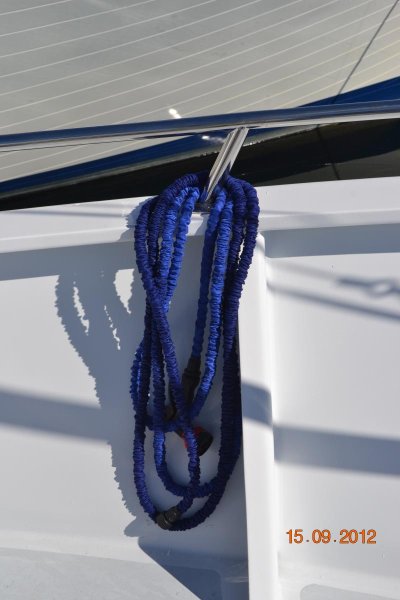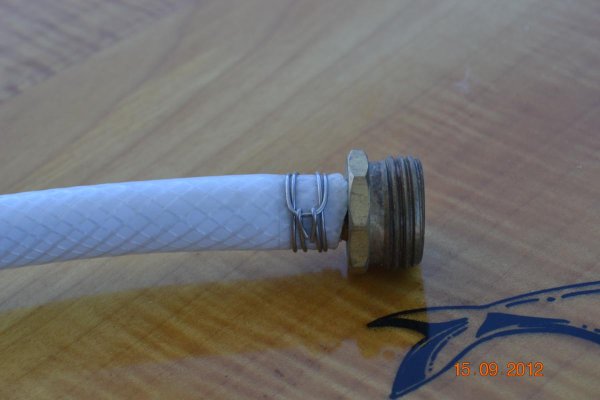Delfin
Grand Vizier
- Joined
- Jan 20, 2010
- Messages
- 3,820
Hoses on boats can be a pain. I have purchased and worn out a number of the lay flat types on a reel that store in a small space, but are easily punctured and kink constantly. The handles on the reels seem to be designed by the Marquis de Sade and always break. Regular garden hose doesn't wear out and kinks less, but doesn't store well. I only have one season on this, but so far, the first image is my all time favorite. It's called an X-hose, and while it may be no Veg-O-matic, it sure seems to work well. Only problem is that when you pressurize it, it gets 25' long from about 10', but when you open the nozzle the pressure drops so it wants to shrink back to about 20'. Other than that, great hose and very light. https://www.xhose.com/index.php?page=Home
The other two photos are of a tool I bought at the Wooden Boat Festival in Port Townsend. I had seen this before but actually paid attention this time and bought one. It allows you to use stainless steel wire to create any size hose clamp, and while it definitely takes longer than grabbing a clamp and screwing it on, the result is a lot cleaner, and seems more mechanically sound. The guy who makes these claims that he has tested a 4 wrap clamp on hydraulic hose up to 5000 psi. Maybe, but it certainly seems to work better than clamps on the few places I have used it so far. Nice not to ever lack the right size clamp as well. www.akcooltools.com
The other two photos are of a tool I bought at the Wooden Boat Festival in Port Townsend. I had seen this before but actually paid attention this time and bought one. It allows you to use stainless steel wire to create any size hose clamp, and while it definitely takes longer than grabbing a clamp and screwing it on, the result is a lot cleaner, and seems more mechanically sound. The guy who makes these claims that he has tested a 4 wrap clamp on hydraulic hose up to 5000 psi. Maybe, but it certainly seems to work better than clamps on the few places I have used it so far. Nice not to ever lack the right size clamp as well. www.akcooltools.com





